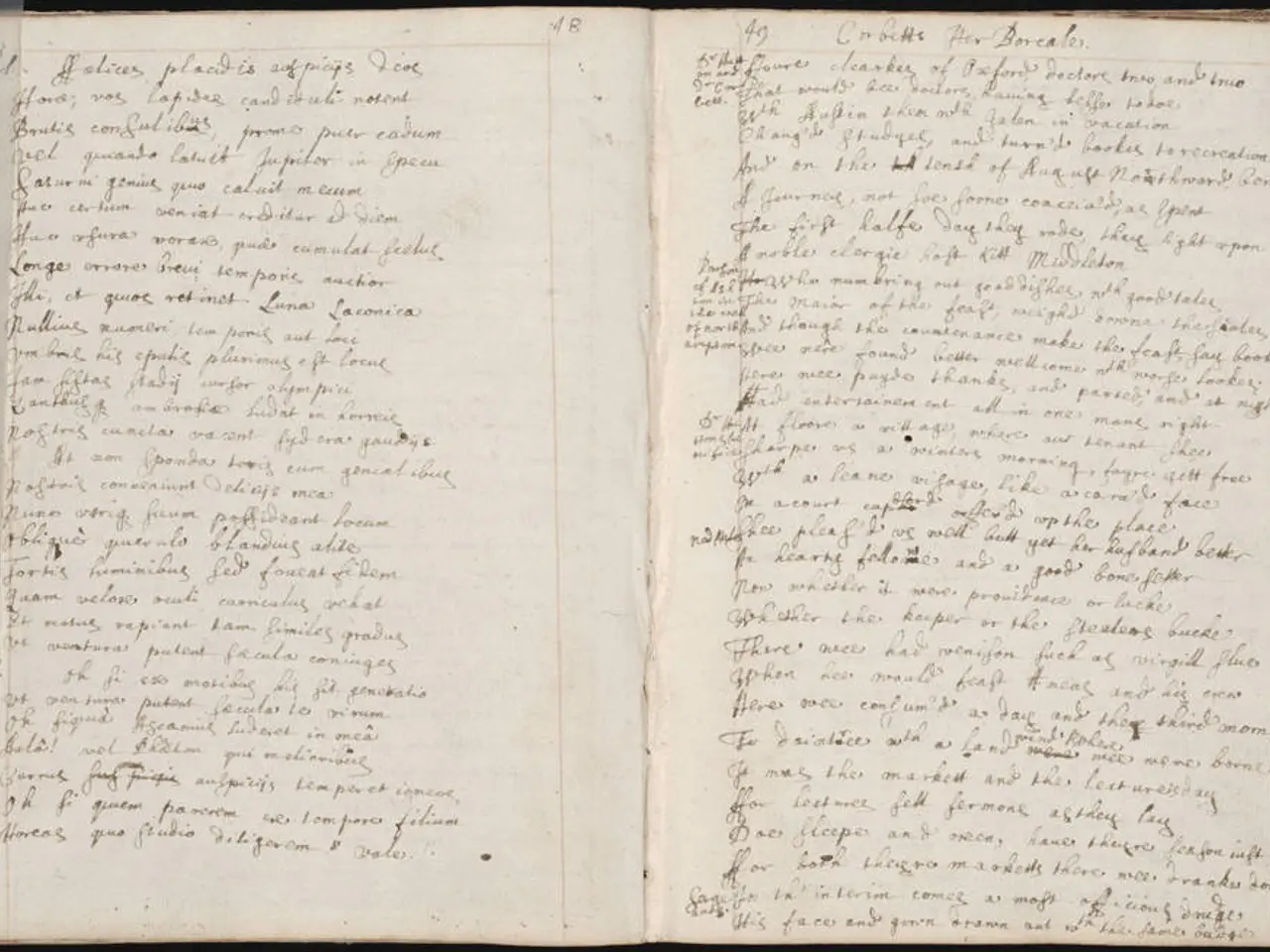Redesigning Narratives with Mirror Architecture
In the realm of storytelling, there are various techniques that contribute to a satisfying narrative arc. One such technique is the Mirror Structure, a deliberate method that aligns beginnings and endings by reflecting key narrative and character components. This insightful guide on the Mirror Structure is a guest post contributed by S.E. Jones, a writer and paramedic living in London.
The Mirror Structure serves three primary purposes:
- Finishing what is started: By revisiting elements introduced earlier—such as goals, conflicts, or questions—the story ensures a sense of completeness and balance, avoiding open-ended or dangling narratives.
- Resolving character relationship questions: Since relationships and character dynamics are often introduced or complicated early, the Mirror Structure allows those issues to be addressed at crucial turning points or the conclusion, often demonstrating how characters have changed or reconciled.
- Fulfilling promises to the reader: Early narrative promises, like mysteries hinted at, conflicts established, or thematic questions posed, are echoed and resolved through mirrored scenes or plot points, meeting reader expectations and creating narrative payoff.
In the epic saga "Lord of the Rings," Sam and Gollum offer compelling examples of changing relationships to Frodo. Their interactions within these relationships change as Frodo's character evolves, and they ultimately resolve by the end of the story. The pivotal moments, such as Sam dragging Frodo up the mountain and Gollum stealing the ring from Frodo and falling into Mount Doom, symbolise the culmination of these changing relationships.
The author's process involves free writing, identifying promises made, organising the story, and resolving what was started. A story can have more than one start and more than one end, but the starts should be resolved in the order they appear.
It's essential to keep promises made to the reader, especially regarding the nature of the story. If a story begins as a mystery, it should end when the mystery is resolved. Similarly, if it starts as a romance, it should end when the romance does. Suspense can be present, but if the main focus is on romance, it's better to wrap up the suspense before or with the end of the romance.
Another example of a changing relationship in a story is the antagonist. The antagonist's relationship with the main character (MC) begins when the antagonist seeks to prevent the MC from achieving their goal. The antagonist's relationship with the MC ends when the MC achieves their goal despite the antagonist, or fails so badly that it seems they will not try again.
The themes of the story are explored through changing relationships. The Mirror Structure in storytelling requires finishing what you start, resolving relationship questions, and fulfilling promises made to the reader. This technique creates a satisfying, coherent experience for the reader or viewer.
Though the search results do not explicitly define “mirror structure” in this exact context, narrative theory and writing craft principles imply that systematic reflection or mirroring of story elements forms a core method to creating narrative cohesion and emotional resonance.
When not writing or working as a paramedic, S.E. Jones enjoys immersing herself in a good book. Whether you're a seasoned writer or a passionate reader, understanding the Mirror Structure can significantly enhance your storytelling and reading experiences.
The Mirror Structure not only applies in storytelling but also extends to education and self-development, as it encourages lifelong learning. By revisiting and resolving questions and challenges, one ensures a sense of completeness and progress, similar to the Mythcreant's Mirror Structure in storytelling.
Learning new concepts and skills is akin to embarking on a narrative journey. The same principles applied in the Mirror Structure, such as finishing what is started, resolving questions, and fulfilling promises, can lead to a satisfying and coherent learning experience, fostering personal growth and self-improvement.




